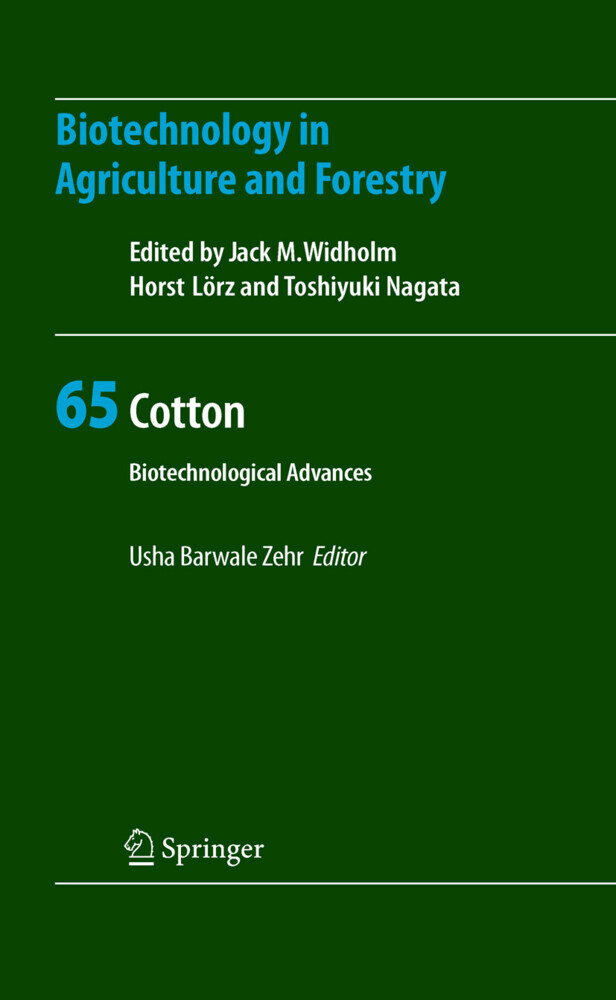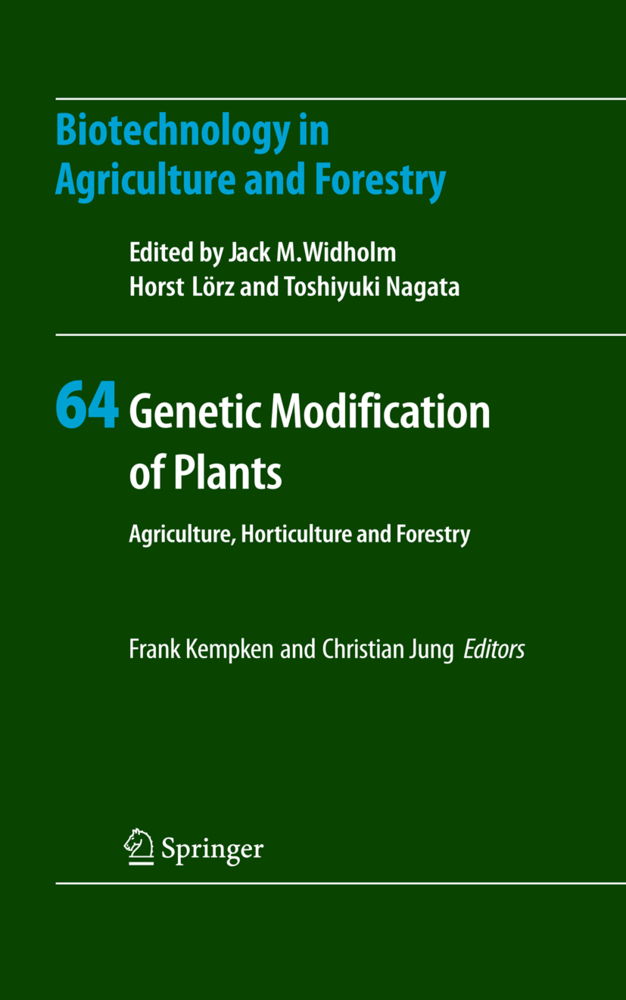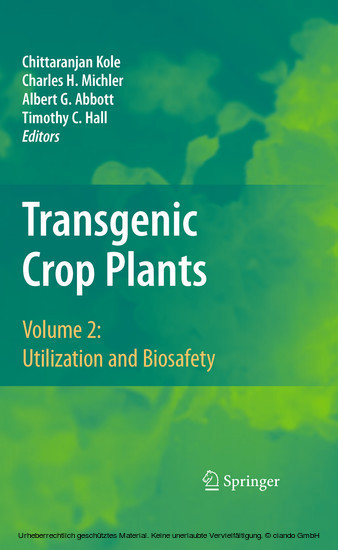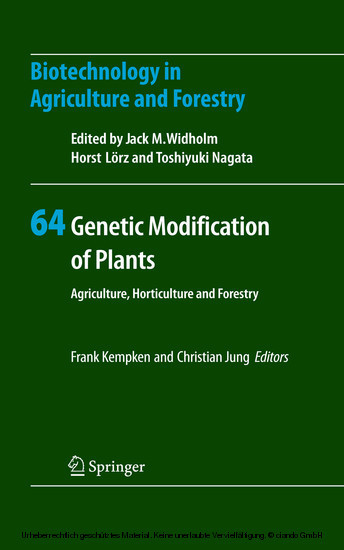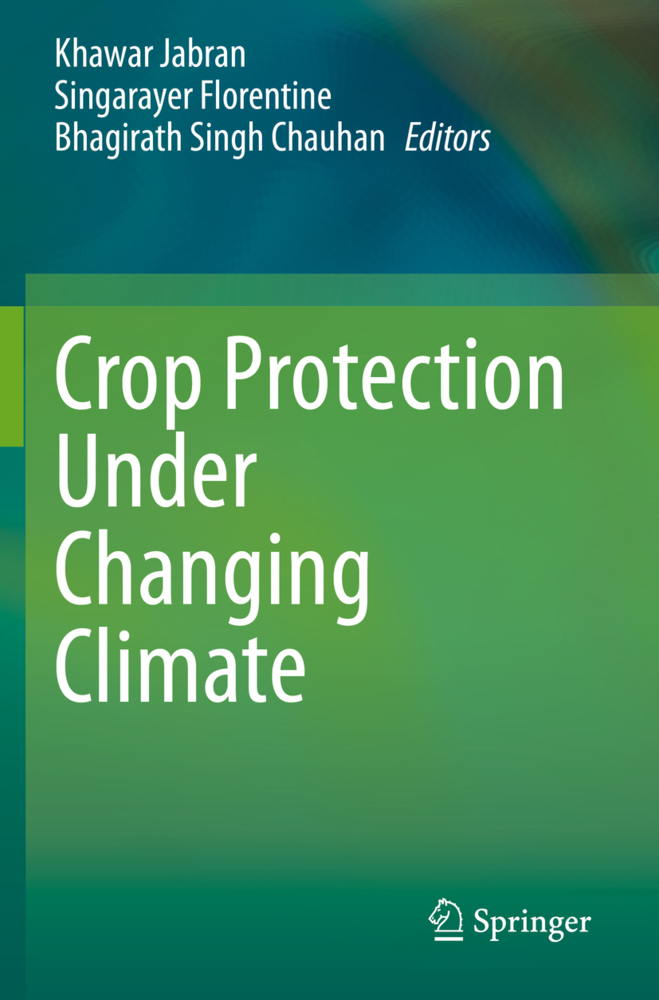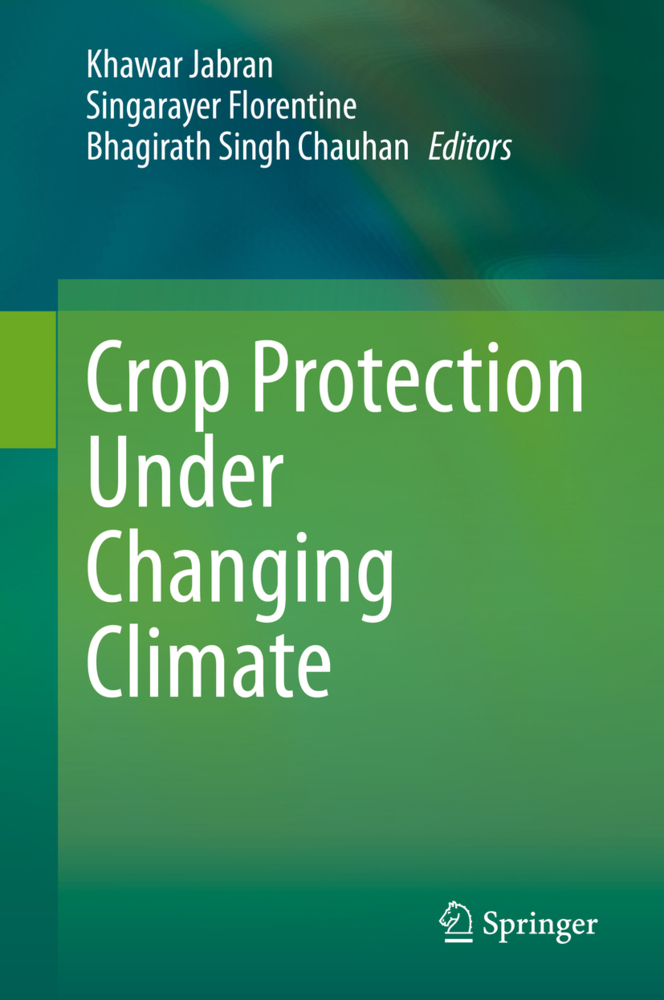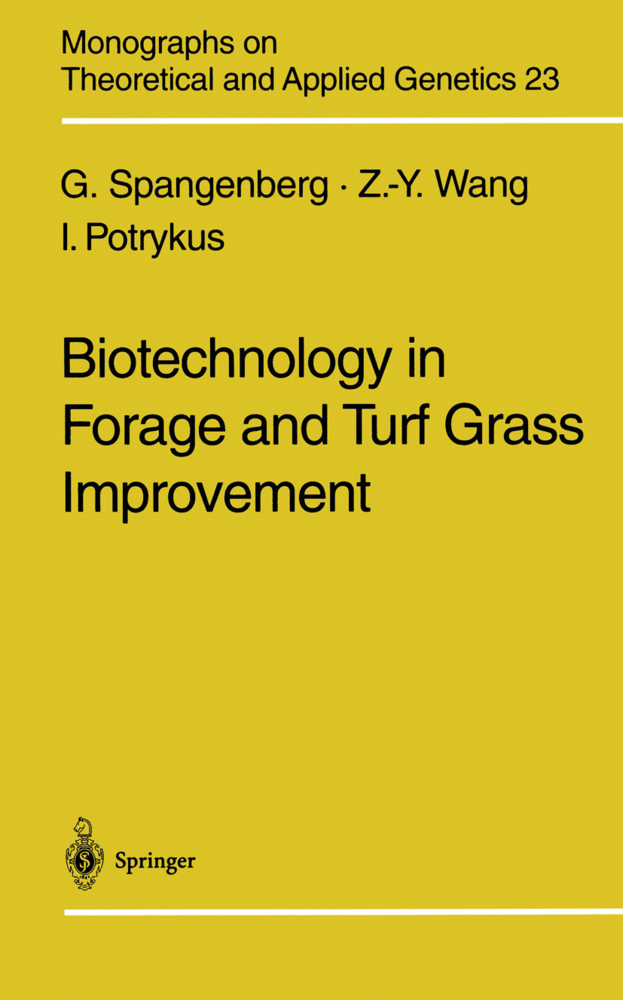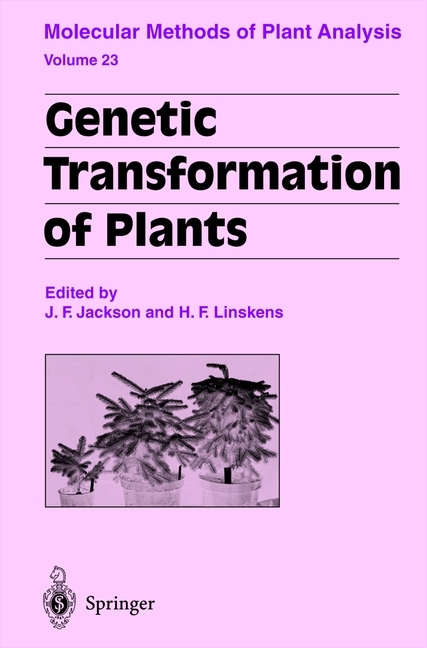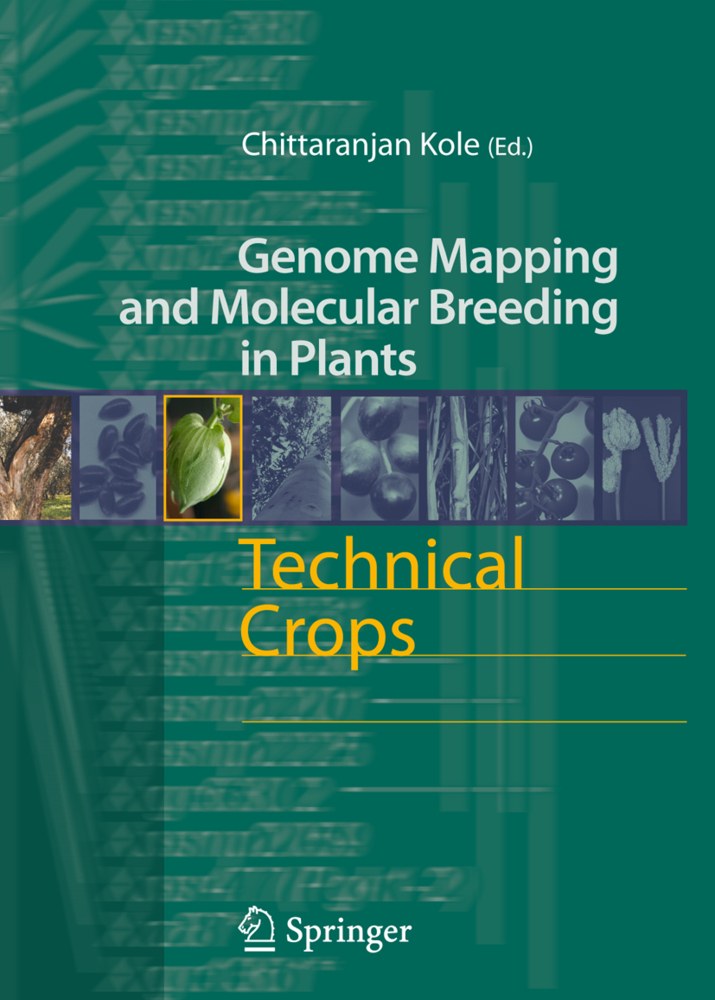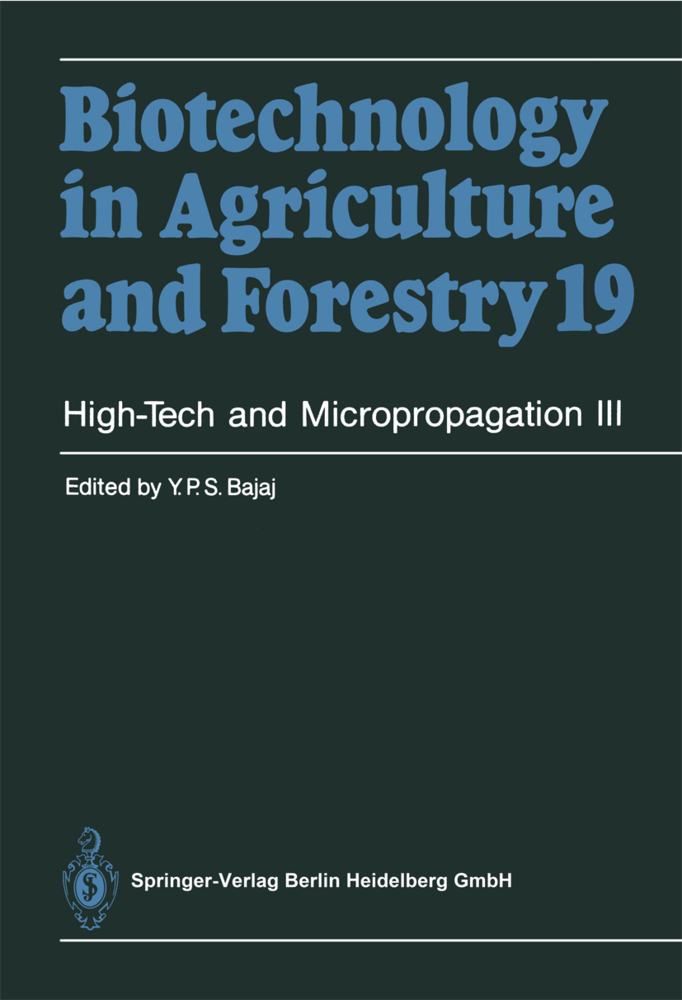The food, feed, ?ber, and fuel needs of the changing world pose the challenge of doubling or tripling of world food, feed, and ?ber production by the year 2050 to meet the needs of a 11 billion global population. In addition, the dramatic changes in food prices in the recent years further warrant that production and productivity need to be enhanced to ensure adequate supplies. Biotechnology can make a signi?cant contribution to this effort as demonstrated by cotton and other crops; the new advances in biotechnology have made it possible to develop plants that contain genes that were not possible to be developed by sexual means. Cotton has been a leader in the use of biotechnology. With the introduction of Bt cotton, followed by stacked cotton products (insect and herbicide tolerance) and extensive use of molecular breeding tools, cotton cultivation has been much improved. The contributions in this book illustrate the scienti?c advances that are going on in cotton and the impact they continue to deliver for all cotton growers. Twelve percent of the global cotton area is now under biotech products at 15. 5 million ha. The primary bene?ts from using genetically engineered cotton include reduced insecticide use, lower production costs, improved yields, lower farming risks, and increased opportunities to grow cotton in areas of severe pest infestation.
1;183515_1_En_BookFrontmatter_OnlinePDF;2 2;183515_1_En_1_Chapter_OnlinePDF;17 2.1;Chapter 1: Cotton: An Introduction;17 2.1.1;Introduction;17 2.1.2;History and Taxonomy;18 2.1.3;Origin and Distribution;21 2.1.3.1;Origin, Domestication and Distributioin of Diploids;22 2.1.3.2;Origin, Domestication and Distribution of Allotetraploid Cottons;23 2.1.4;Germplasm Resources in Cotton;26 2.1.4.1;Primary Gene Pool;26 2.1.4.2;Secondary Gene Pools;27 2.1.4.3;Tertiary Gene Pool;27 2.1.5;References;28 3;183515_1_En_2_Chapter_OnlinePDF;31 3.1;Chapter 2: Cotton in India;31 3.1.1;Introduction;31 3.1.2;Cotton Improvement in India;34 3.1.2.1;General Selection Procedures;35 3.1.2.2;Methods to Exploit Heterosis and/or Recombination;35 3.1.2.2.1;Breeding Cotton Hybrids;35 3.1.2.2.2;Synthetic Varieties;36 3.1.2.2.3;Multilines;36 3.1.2.3;Population Improvement Approaches;36 3.1.2.3.1;Recurrent Selection;37 3.1.2.4;Breeding Methods for Specific Purposes;37 3.1.2.4.1;Back Cross Method;37 3.1.2.4.2;Mutation Breeding;37 3.1.2.4.3;Utilization of Wild Species;38 3.1.2.5;Composite Crossing;39 3.1.3;Heterosis Breeding in Cotton;39 3.1.3.1;General Features of Hybrid Vigor in Cotton;40 3.1.3.2;Hybrid Seed Production Techniques in Cotton;40 3.1.3.3;Identification of Good Combiners;40 3.1.3.4;Hand Emasculation and Pollination;41 3.1.4;Use of Male Sterility;41 3.1.4.1;Male Sterility in Tetraploid;41 3.1.4.1.1;Genetic Male Sterility;41 3.1.4.1.2;Cytoplasmic Genetic Male Sterility;42 3.1.4.2;Male Sterility in Diploids;42 3.1.4.3;Thermo Sensitive Genetic Male Sterility;43 3.1.5;Bee Pollination;43 3.1.6;Factors Affecting Yield and Quality of Hybrid Seed;44 3.1.7;Apomixis;44 3.1.8;Breeding for Insect Resistance;45 3.1.8.1;Conventional Breeding Approach;45 3.1.8.1.1;Antixenosis (Non-Preference);46 3.1.8.1.2;Antibiosis;46 3.1.8.1.3;Avoidance or Escapism;46 3.1.8.2;Biotechnological Approach;47 3.1.8.2.1;Tissue Culture;47 3.1.8.2.2;Genetic Engineering;47 3.1.9;Bt Cotton;48 3.1.9.1;Development of Bt Kits;51 3.1.9.2;Disease Resistance;51 3.1.9.3;Fiber Quality and Its Improvement;53 3.1.10;Value Addition for Cotton;53 3.1.11;Export;54 3.1.12;Naturally Colored Cotton;55 3.1.13;Molecular Marker Techniques Used in Cotton Improvement;55 3.1.14;Future Strategies;55 3.1.15;References;56 4;183515_1_En_3_Chapter_OnlinePDF;61 4.1;Chapter 3: Cotton Genomics;61 4.1.1;The Need for Cotton Biotechnology;61 4.1.2;Genetic Mapping and DNA Marker-Assisted Breeding;62 4.1.2.1;Genetic Mapping and DNA Markers;62 4.1.2.2;Trait and QTL Mapping;63 4.1.2.3;Genome-Wide Introgression;64 4.1.3;The Cotton Genomes and Progress Towards Their Sequencing;65 4.1.3.1;The Cotton Transcriptome and Patterns of Gene Expression;65 4.1.3.2;Beyond the Transcriptome - Sequencing of Entire Cotton Genomes;66 4.1.4;After the Sequence - Analysis of Cotton Gene Functions;70 4.1.4.1;Deductions from Correspondence of Cotton Genes to Those of Other Organisms;70 4.1.4.2;Mutagenesis of Cotton Genes to Determine the Phenotypic Effects of Their Loss;70 4.1.4.3;Transformation;71 4.1.5;References;72 5;183515_1_En_4_Chapter_OnlinePDF;80 5.1;Chapter 4: Cotton Transformation;80 5.1.1;Introduction;80 5.1.2;Cotton Tissue Culture;81 5.1.3;Transformation;83 5.1.4;Conclusion;88 5.1.5;References;88 6;183515_1_En_5_Chapter_OnlinePDF;93 6.1;Chapter 5: New Tools and Traits for Cotton Improvement;93 6.1.1;Introduction;93 6.1.1.1;Insect-Protected Cotton;95 6.1.1.2;Herbicide-Resistant Cotton;97 6.1.1.3;Disease and Nematode Pathogens;98 6.1.1.4;Abiotic Stresses;99 6.1.1.5;Quality Traits;99 6.1.2;Breeding Technology;101 6.1.3;Advances in Yield;103 6.1.4;Conclusions;103 6.1.5;References;105 7;183515_1_En_6_Chapter_OnlinePDF;109 7.1;Chapter 6: Insect Tolerant Cotton in India;109 7.1.1;Insect Pests of Cotton;110 7.1.2;Development of Bt Cotton in India;112 7.1.2.1;Adoption of Bollgard IIAdoption of Bollgard II Cotton;113 7.1.2.2;Chronology of Bt Cotton Development;113 7.1.3;Biosafety Assessment of Bt Cotton in India;114 7.1.3.1;Environmental, Food a
Zehr, Usha Barwale
| ISBN | 9783642047961 |
|---|---|
| Artikelnummer | 9783642047961 |
| Medientyp | E-Book - PDF |
| Auflage | 2. Aufl. |
| Copyrightjahr | 2010 |
| Verlag | Springer-Verlag |
| Umfang | 245 Seiten |
| Sprache | Englisch |
| Kopierschutz | Digitales Wasserzeichen |

